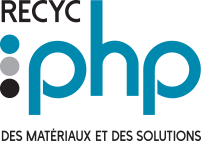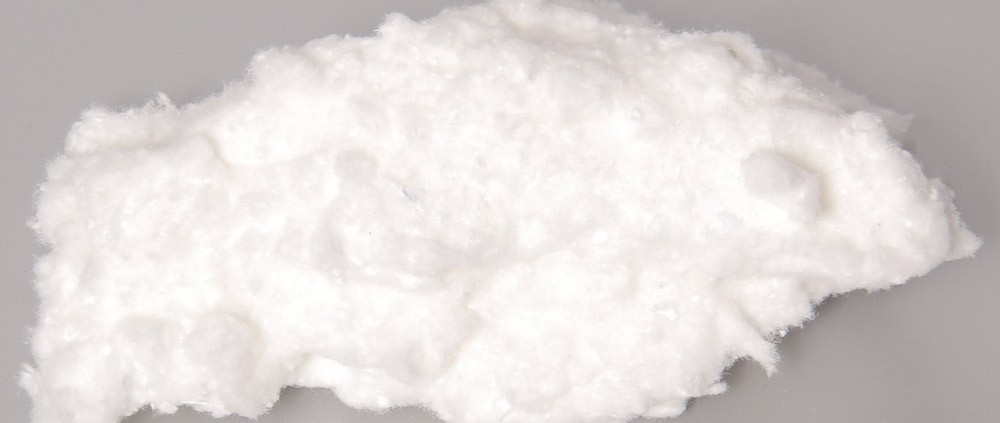Introduction
With the increased price of raw material manufacturers faced since 2009, many hygiene products manufacturers are looking at options to reduce cost of their products. There are many options that can be put in a place like reducing plastic sheets thickness, reducing the amount of SAP or fluff and reducing generated waste. Another valuable option could be to use reclaimed fluff pulp mixed with the virgin pulp. This document is written to start a reflexion about this solution.
Principle
The principle of this solution is quite simple. Instead of using 100% virgin fluff, manufacturers could replace up to 30% of reclaimed fluff pulp that usually contains SAP mixed with virgin fluff pulp, with minor changes to the properties of their products. Some low-cost manufacturers will even replace all virgin fluff by reclaimed fluff pulp.
Expected gains
By using reclaimed fluff pulp, the manufacturer can reduce the quantity of virgin fluff and the quantity of SAP, since there are generally SAP remaining in the reclaimed fluff pulp. In the following fictive example, the cost reduction would reach 7%.
Example: A company has a product containing 100 g of fluff and 15 g of SAP, made with 100% virgin fluff. This company decide to replace 20% of virgin fluff pulp by reclaimed one that contains 10% SAP. This company pays virgin fluff pulp in 1100$/MT and SAP at $2,000/MT. He could expect to pay reclaimed fluff pulp at 700$/MT.
Before the change, cost of products was $0.14 ((100*1100+15*2000)/1M). After the project, cost of the product should be $0.13 ((.2*100/.9*700+.8*100*1100+(15-2)*2000)/1M). Depending on the size of a plant, this difference can be very significant.
Required process changes
Even if the expected gains are interesting, there are major process changes that have to be done on manufacturing lines. The main difference comes from the fact that usually, the virgin fluff pulp comes in roll, but the reclaimed fluff pulp is supplied in bales. Manufacturers who want to convert their line to use reclaimed fluff pulp have to buy or to build a bale opener. If the manufacturers want to mix reclaimed and virgin fluff pulp, they have to buy or build one metering feeder per line. The electronic for the metering feeder should increase the speed of virgin rolls and SAP in case there is a lack of reclaimed fluff pulp. Some drawings showing the principle of operation are shown on another document. There are also many companies specialized to build these kinds of equipment.
Advantages and issues to use reclaimed fluff pulp
Like every solution, there are advantages and issues to be addressed when a manufacturer wants to convert to reclaimed fluff pulp. Here is a list of the major ones faced by manufacturers.
| Advantages | Issues |
| Reclaimed fluff pulp is cheaper than virgin | Major investments are required for bale opener and metering feeder |
| Reclaimed fluff pulp generally contains SAP | Generally, there are small parts of plastic that remains in reclaimed fluff pulp |
| Environmentally friend | Difficult to have consistent fluff quality from bale to bale |
| Limited supplying (few suppliers and limited volume due to the fact they use reject as raw materials) |
Who are using reclaimed fluff pulp
Generally speaking, there are two types of hygiene products manufacturers that succeed in implementing a project to use reclaimed fluff pulp. The first category is major for manufacturers that will generate enough waste to consider reclaiming the fluff out of their own rejects and produce with their own reclaimed fluff and SAP. The second category is smaller for manufacturers that will modify their line – generally by themselves – to be able to use reclaimed fluff pulp sold on the international market.
Reclaimed fluff supplier
Manufacturers that want to convert have to take in consideration which will supply them in reclaimed fluff pulp. Depending on the supplier, there will be some variables that will have to be taken in consideration. The most important will be the generated volume and the quality specifications.
Regarding the generated volume, there are few « independent companies » (that are not related to a diaper manufacturer) in the world that are equipped to process rejects of hygiene products in order to separate fluff and plastic that composed the diapers. Moreover, these independent companies are often in competition to sign contracts to buy diapers rejects that will become their raw materials.
The best way for a small company to be sure of his supplying of reclaimed fluff si certainly to supply his own raw material to a manufacturer that owns a reclaimed machine.
Regarding the quality specifications, there are many types of reclaimed machine giving many levels of quality. Some of them are designed to reclaim a clean plastic and other are designed to reclaim clean fluff. There is often a relation between quality of fluff, quality of plastic and throughput.
Here are the quality specs buyers of reclaimed fluff pulp should take in consideration: % of dust, % of nodes, % of SAP, % of impurities, type of impurities. However, it is almost impossible for company who reclaimed fluff pulp to measure these specs because specs will vary depending on the raw material used.
—-
For further info, please contact Daniel Fortin, president of Recyc PHP Inc.




 1 819 477-1309
1 819 477-1309 Contact us
Contact us
